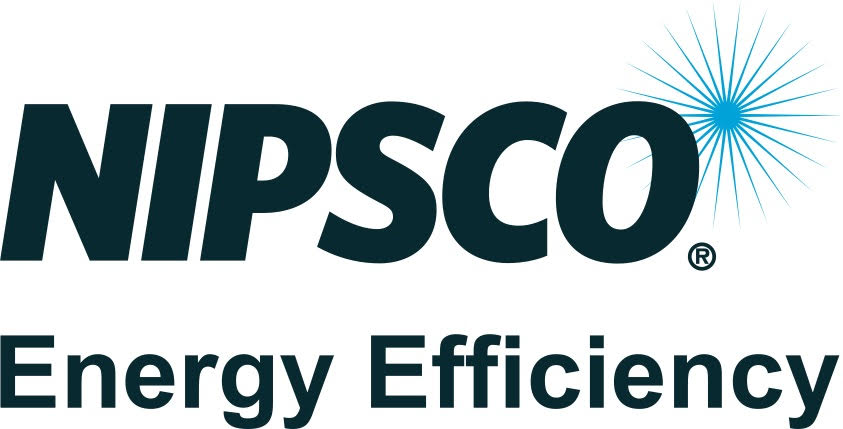FAQs
This program is designed to support energy education in the classroom and help families save energy, water and money.
How do I install the items in my kit?
For help with installing kit items, check out the installation help videos here.
How do I submit my Home Energy Worksheet?
Online:
- Enter your Teacher’s ID found at the top of your Home Energy Worksheet or use the teacher lookup tool here.
- Complete the form to the best of your ability. If you are unsure of an answer, please leave it blank.
- Once submitted, record the confirmation number and notify your teacher.
Hard Copy:
-
- Fill out the paper worksheet and return it to the classroom teacher.
How do students earn their incentive?
By returning the Home Energy Worksheet either online or to their teacher before the deadline.
How long do LED bulbs last?
LED bulbs last up to 25,000 hours and may reduce the energy used for lighting in your home by about 90% over a traditional incandescent bulb. LED bulbs are efficient because they emit very little heat compared to an incandescent bulb, which releases 90% of its energy as heat.
Where can I use my LED bulbs?
LED bulbs can be used almost anywhere less efficient bulbs are used: in recessed lighting, table lamps, ceiling fixtures, porch lights, holiday lights and more. The savings can add up. The average household saves about $225 in energy costs per year by using LED lighting. Since most of the bulbs also have longer life spans, you’ll continue to save into the future. Nationwide, lighting accounts for about 15% of home electricity use...
LED bulbs are currently available in many products such as replacements for 40W, 60W, and 75W traditional incandescents, reflector bulbs often used in recessed fixtures, and small track lights, desk lamps, kitchen undercabinet lighting, and outdoor area lights. They come in a variety of colors, and some are dimmable or offer convenient features such as daylight and motion sensors. LEDs work well indoors and outdoors because of their durability and performance in cold environments. Look for LED products such as pathway lights, step lights, and porch lights for outdoor use. You can also find solar-powered outdoor lighting.
(Source: energy.gov, accessed August 2023.)
How safe are LEDs?
LED bulbs are much cooler than incandescent lights, making them safer bulbs. They are sturdier than other bulbs because they are made with epoxy lenses, not glass, and are more resistant to breakage.
How do I know when to replace my LEDs?
One of the benefits of LED bulbs is that they need to be replaced much less often. An LED bulb typically does not “burn out” or fail like other light sources. Instead, an LED will decrease the amount of light it produces at the end of its useful life. Before removing an LED bulb from the socket, make sure the light switch is turned off. Carefully unscrew the LED bulb. You may visit Earth911.com to find locations in your community that recycle bulbs.
